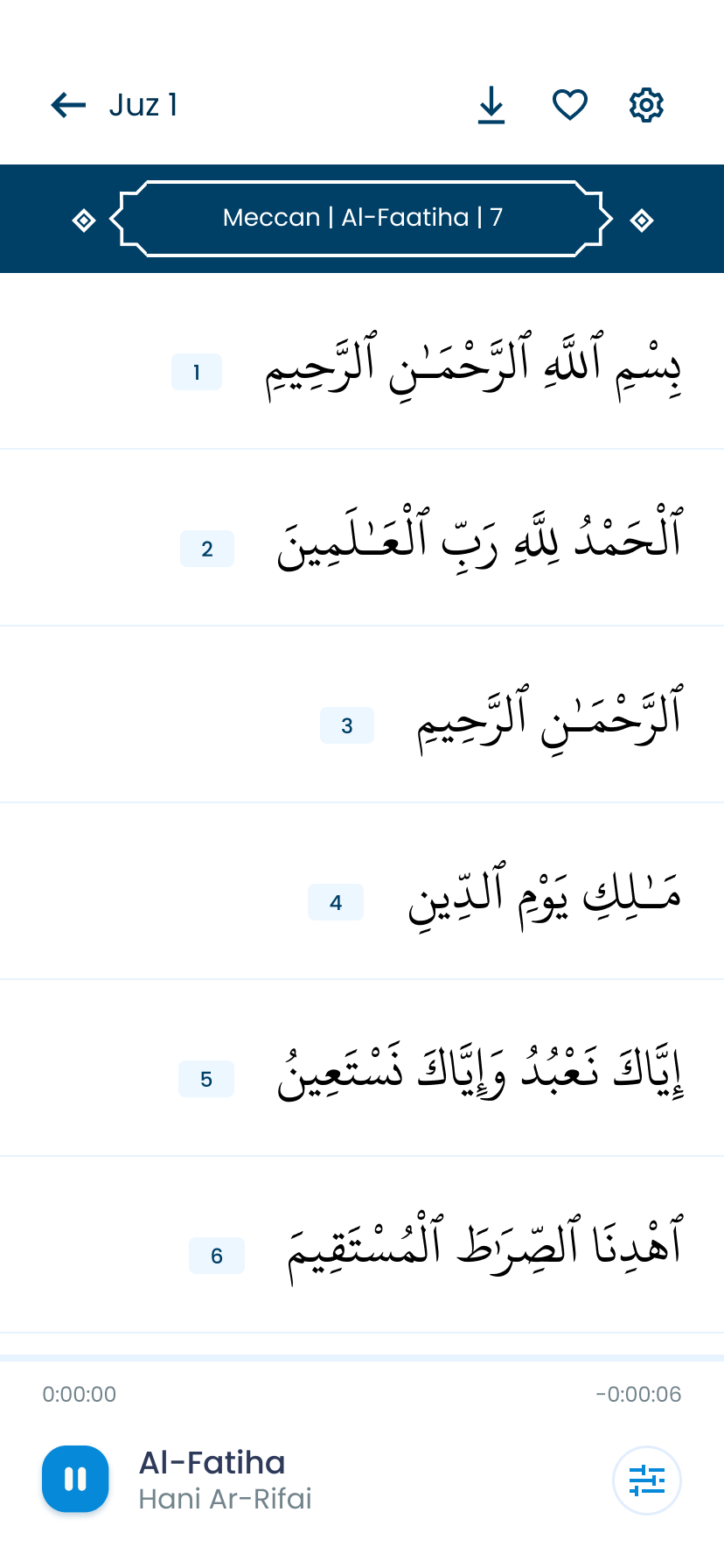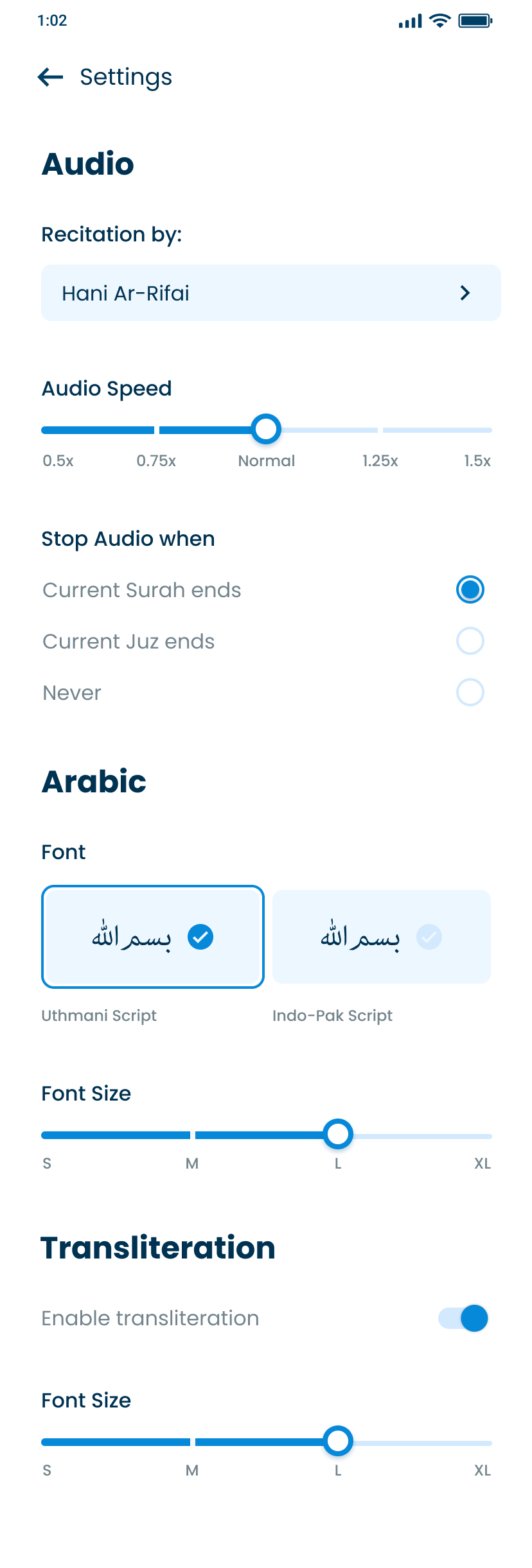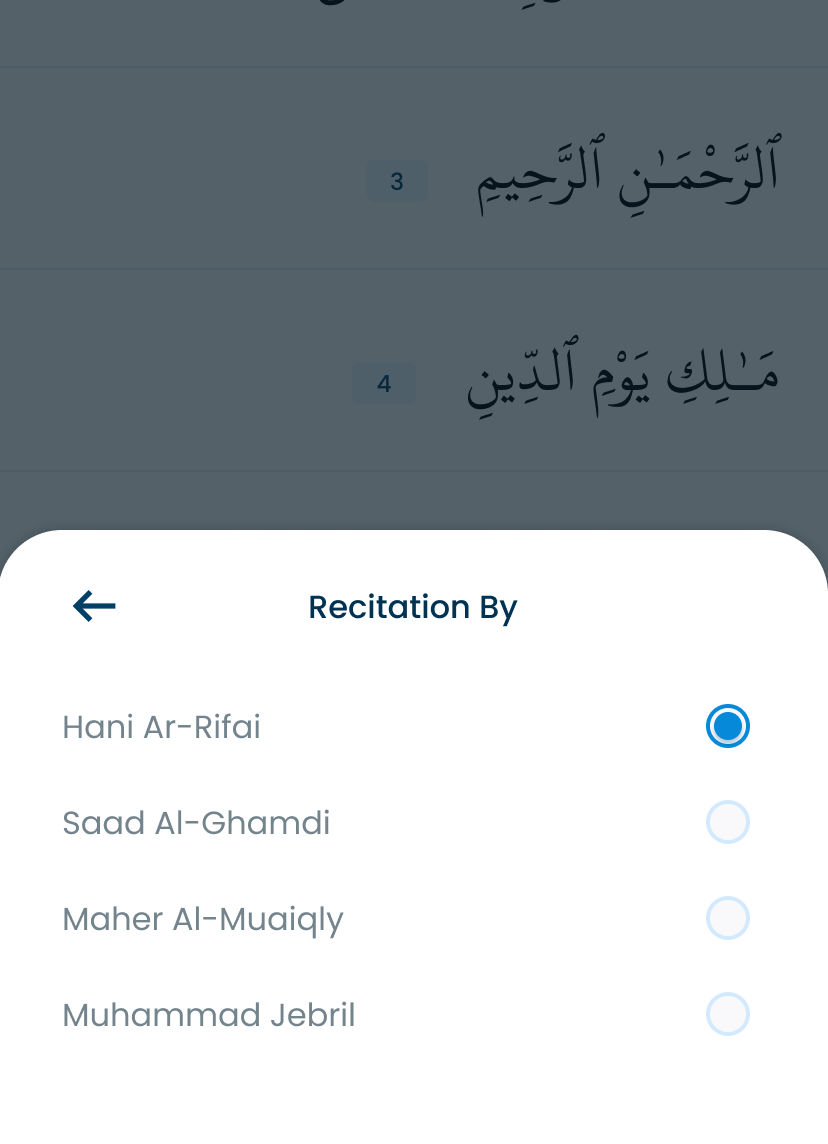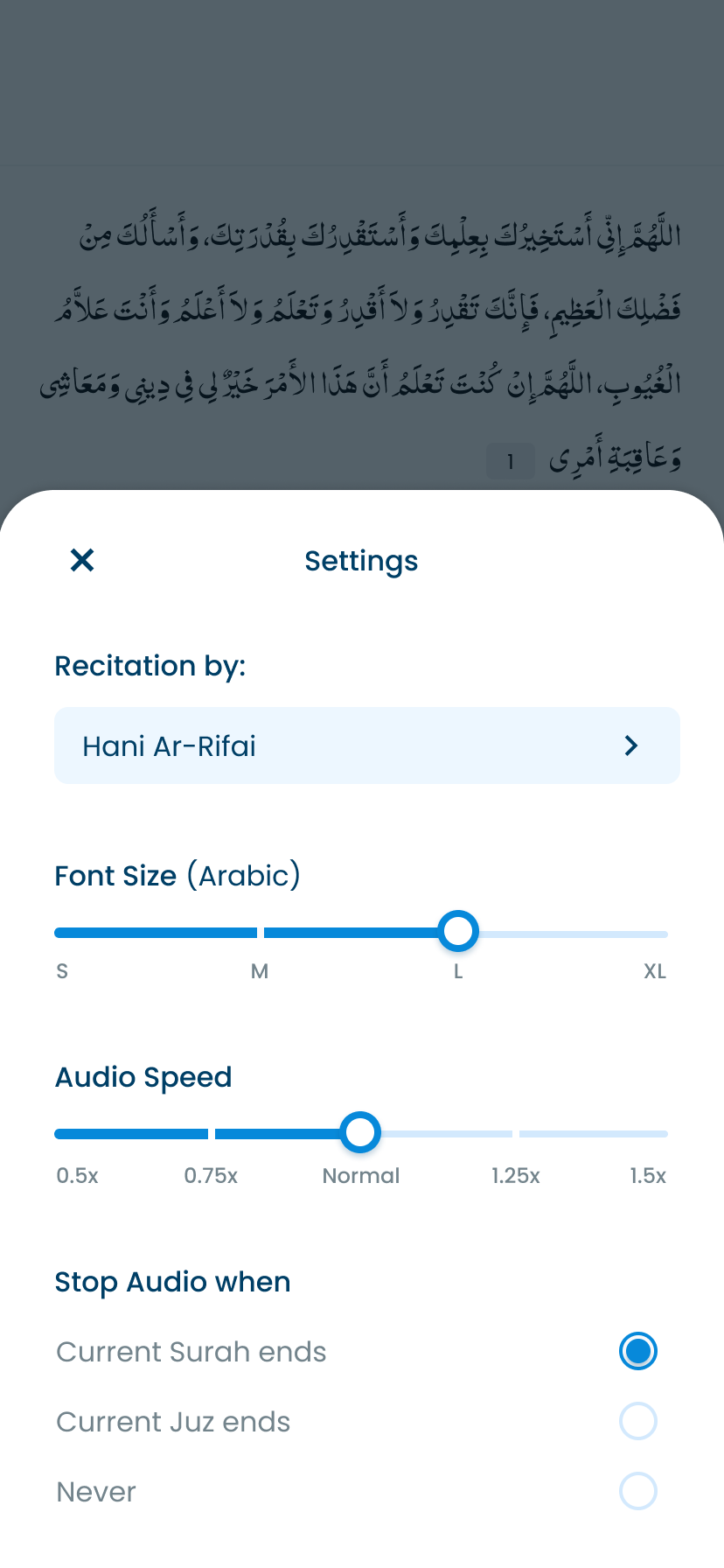Alif BY ISLAMICFINDER
How might we enable Muslim adults to read a nonnative language?



TEAM
- 1 Product Designer
(Me) - 1 Product Manager
- 2 Developers
- 1 QA
- 1 Subject Matter Expert
MY ROLE
- Product Design
- Competitor Research
- User Research
- User Interviews
- Wireframing
- User Flows
- Mindmapping
PLATFORMS
- Android,iOS
(Hybrid)
YEAR
- 2021
Alif is a mobile app aimed at helping Muslims perfect their Islamic knowledge through interactive learning methods. I led the design & strategy of Alif’s Arabic language reading component.
The
Problem
Around 20% of all Muslims in the world are native Arabic speakers. For the rest Arabic is a third or fourth language that they partially learn as part of their religious education.
They need to learn Arabic mainly because their holy book the Quran, is in Arabic, and they need to be able to read it in its original language. This core need is common across different age groups, ethnicities and geographies within the Muslim world.
Key
Drivers
Through primary and secondary research, we learnt that two things are essential when learning to read a new language; Text identification & correct pronunciation.
TEXT IDENTIFICATION
We focused on coming up with features that help with text legibility. The readability of Arabic text is very subjective. It heavily depends on factors like location and age of the user. We focused on personalization of text by providing options for font styles and type sizes. I explain this in detail further down in this case study.
PRONOUNCIATION
We focused on audio features to help with learning correct pronunciation. Incorporated an audio reader, and provided personalization options. Options like pronunciations in various accents, audio speed controls, ability to play and pause and repeat across various levels like; verse, chapter and more.
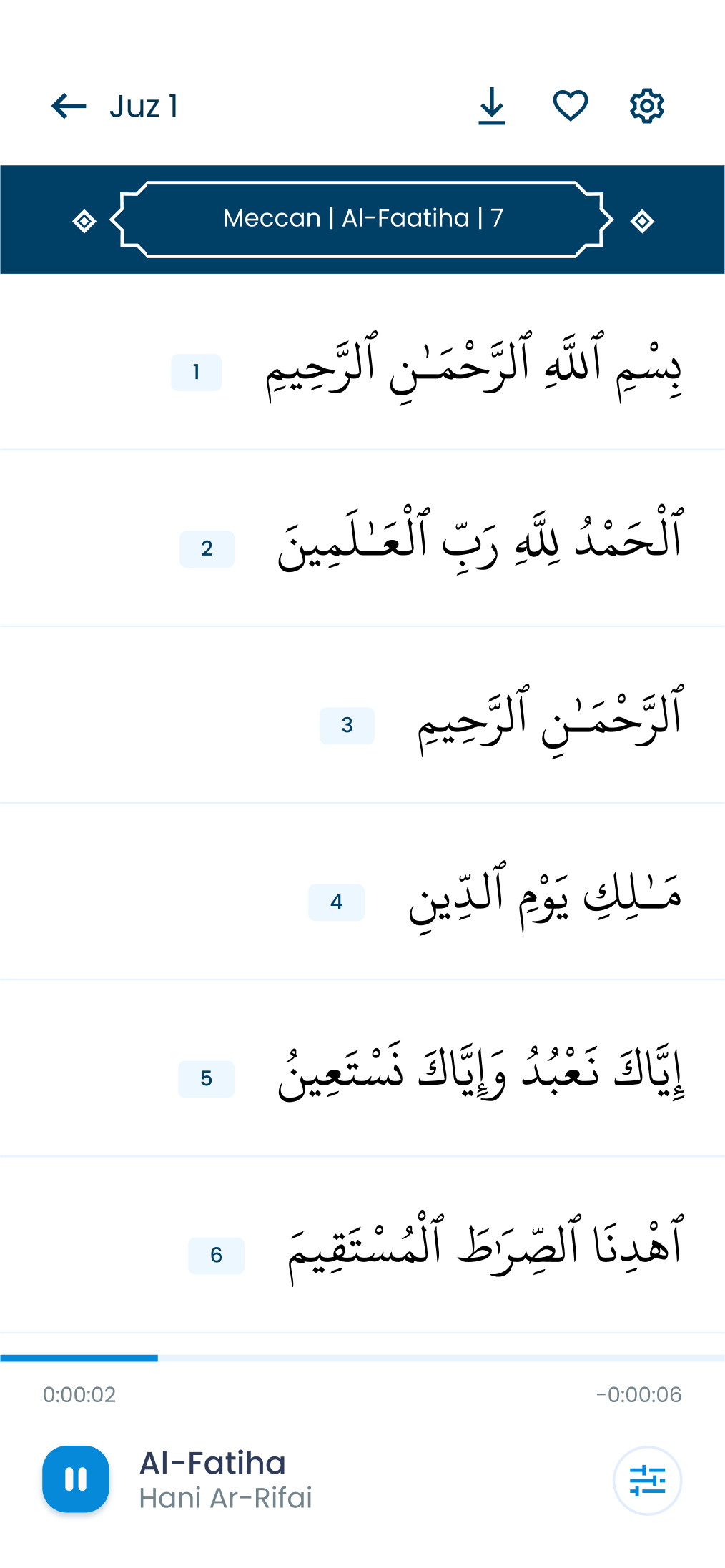


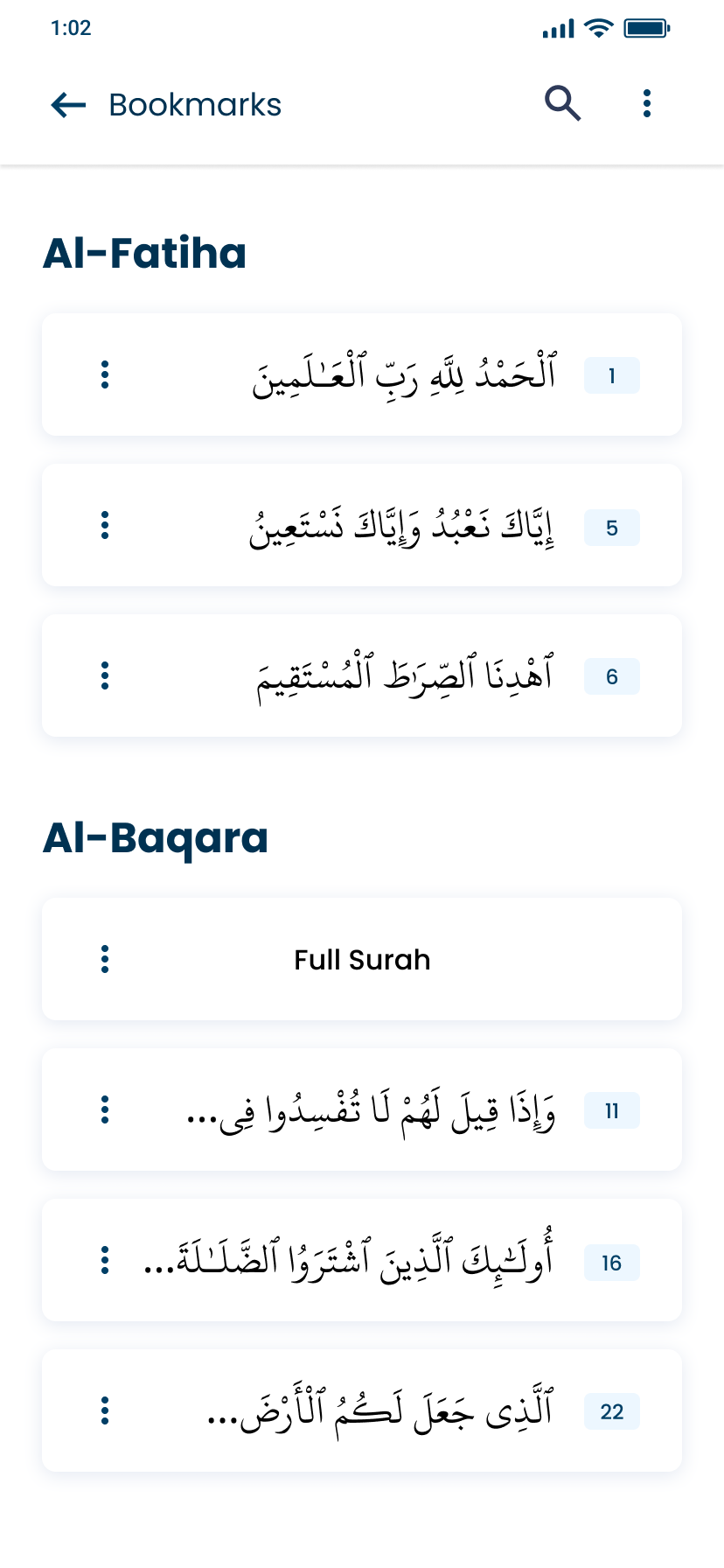
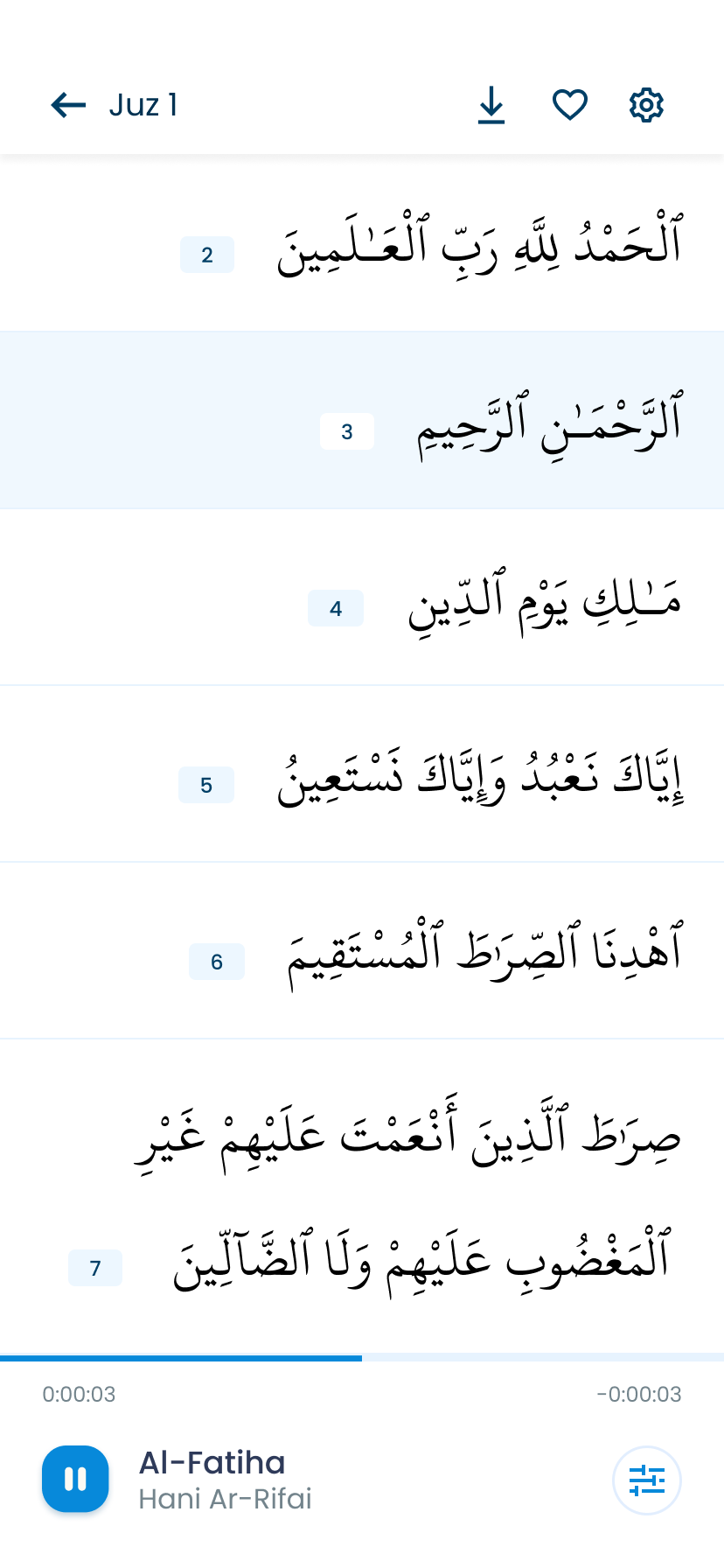

Alif is now LIVE and steadily growing its user base. (Alif was later rebranded as Athan Academy)
Ideation &
Mindmapping
Ideation
&
Mindmap
ping
The product manager, engineering manager and I sat down and explored ideas, possible solutions and their feasibility. A subject matter expert (an Islamic educator) on the team then weighed in and helped us converge our ideas into the most useful ones.
We listed down probable user journeys, user touch-points, their motivation and possible emotions experienced through those stages. These were validated and refined through primary and secondary research later on in the process.
Some of these ideas made the cut and ended up in first version of the App. Others were either discarded or added to the icebox for later rumination. This document acted as a mind-map which evolved throughout the product’s research and development.
User
Interviews
I conducted interviews to get to know both educators and potential learners. This helped us validate some of our assumptions and discard others. For the first version of the App we interviewed two subgroups. All of them with Muslim adults aged 20+
SUBGROUP 1: QURAN EDUCATORS
I conducted interviews with Quran educators, to learn about their processes and domain specific techniques. Questions that were part of the interviews are:
SUBGROUP 2: QURAN STUDENTS
I conducted interviews with Quran students to understand how they learn, why/when do they seek out teachers, how long it takes them to learn, etc. Questions that were part of the interviews are listed below:
Competitor
Analysis
Competi
tor
Analysis
As part of secondary research, I conducted a thorough competitor analysis of existing Quran Reader Applications. I also studied Bible readers and various ebook reader mobile applications and devices like Amazon Kindle to understand the existing ebook reader landscape better. Here’s what it looked like:
Key
Demographic
Key
Demogra
phic
Through competitor analysis and user research we discovered there are 3 major kinds of mobile applications that people use to read Quran in Arabic. Each of this type is catering to a different demographic and has different Key Drivers. They seem similar but each is meant for a different user base without much overlap.
Detailed Slides on the Analysis
Our key demographic however was one of these three types of users. i.e. non-native Arabic speaking Muslims who do not have easy access to learning Arabic through conventional means. Conventionally Arabic like ant other language is learnt through an in-person Arabic language (Or more commonly Quran) teacher. our key demographic turned out to be adults of all ages and genders, who are new converts, new students of the religion, or anyone wishing to learn to learn enough Arabic which will enable them to read The Holy Quran.
OUR DEMOGRAPHIC INCLUDES
Predominantly Muslim adults with a basic level of Arabic literacy, and basic tech and edu-tech literacy.
IT DOESN’T INCLUDE
People wishing to learn conversational Arabic or those wishing to learn translation of Quranic Arabic
Text
Identification
Text
Identificat
ion
Similar to how Latin script has Serif and Sans Serif fonts, Arabic script has Naskh and Nastaliq style fonts. The physical paperback Quran is always printed in Naskh style fonts. This convention is continued in digital versions of the Arabic Quran. Within the Naskh style fonts there are further variations, and Muslims in different areas of the world have set preferences for particular variants. The IndoPak script is very popular in Bangladesh, India, Indonesia and Pakistan. Uthmanic scripts are commonly used in the Quran in Medina.
Other text customizations like choice of various font sizes and transliteration were added to aid better text readability. We found out that legibility and accuracy of diacritics also is a key driver in the choice of a Quran reader digital application. The Quran must be pronounced accurately for it to retain its meaning, and diacritics are an important tool for that.
“Different users prefer different Arabic fonts to read Quran in. Their choice depends heavily on which geographical region of the world that they belong to”
بِسْمِ ٱللَّهِ ٱلرَّحْمَـٰنِ ٱلرَّحِيمِ
Uthmani Script
بِسْمِ ٱللَّهِ ٱلرَّحْمَـٰنِ ٱلرَّحِيمِ
Indo-Pak Script
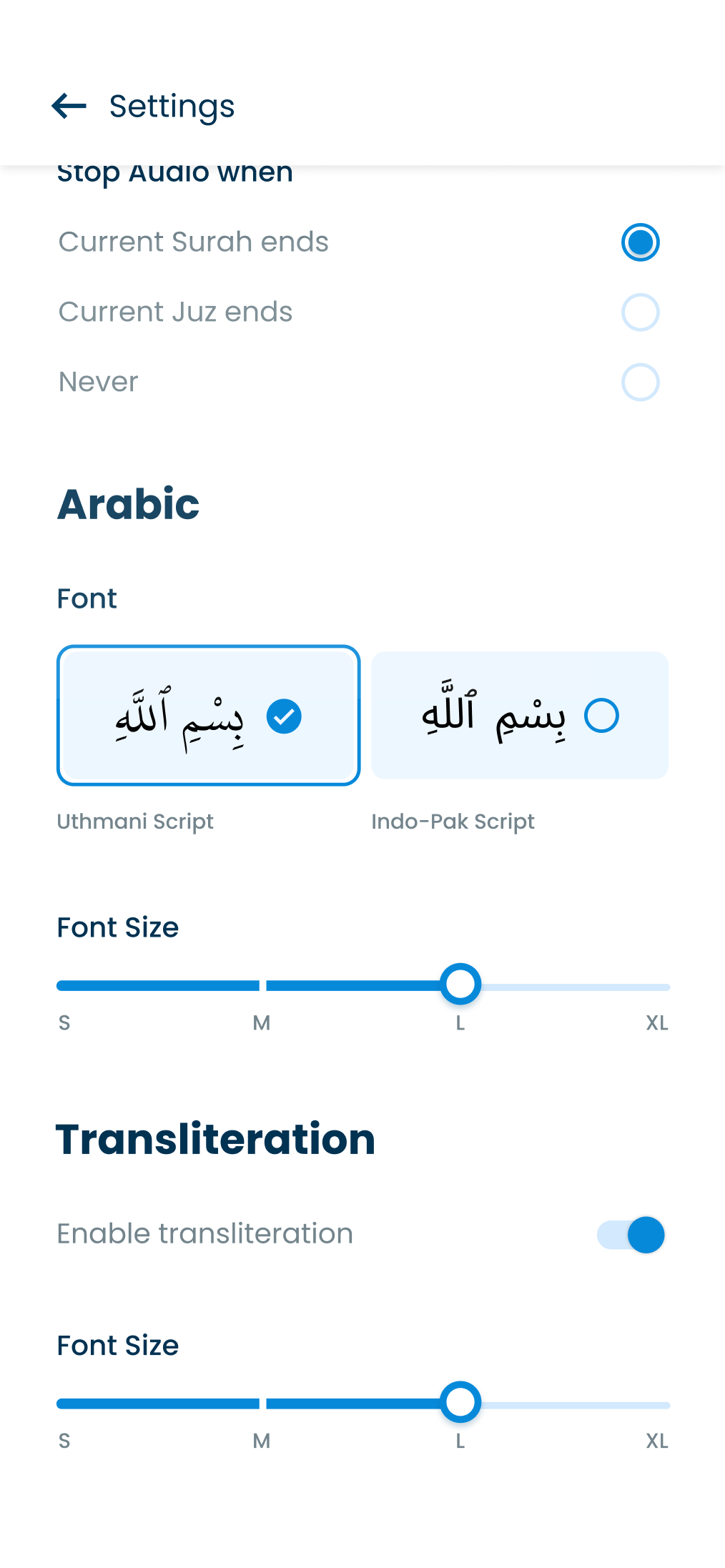

Audio
Focused
We discovered through user interviews that the common learning method is repetition when it comes to learning Arabic. Repeating to ones own self or to a teacher or a learning buddy is a tried and tested learning mechanism.
This led us to develop comprehensive audio personalization features. The ability to play audio from any chosen marker in the text, various audio speeds and recitations by different reciters. We chose the reciters based on their different accents and rhythms such that there is enough variation for a user to choose from. Some users prefer slow recitation speed and some prefer a faster pace depending on their skill level and the stage of learning they are at.
“Listening on repeat is a common learning behaviour in perfecting Quranic Arabic pronounciation”
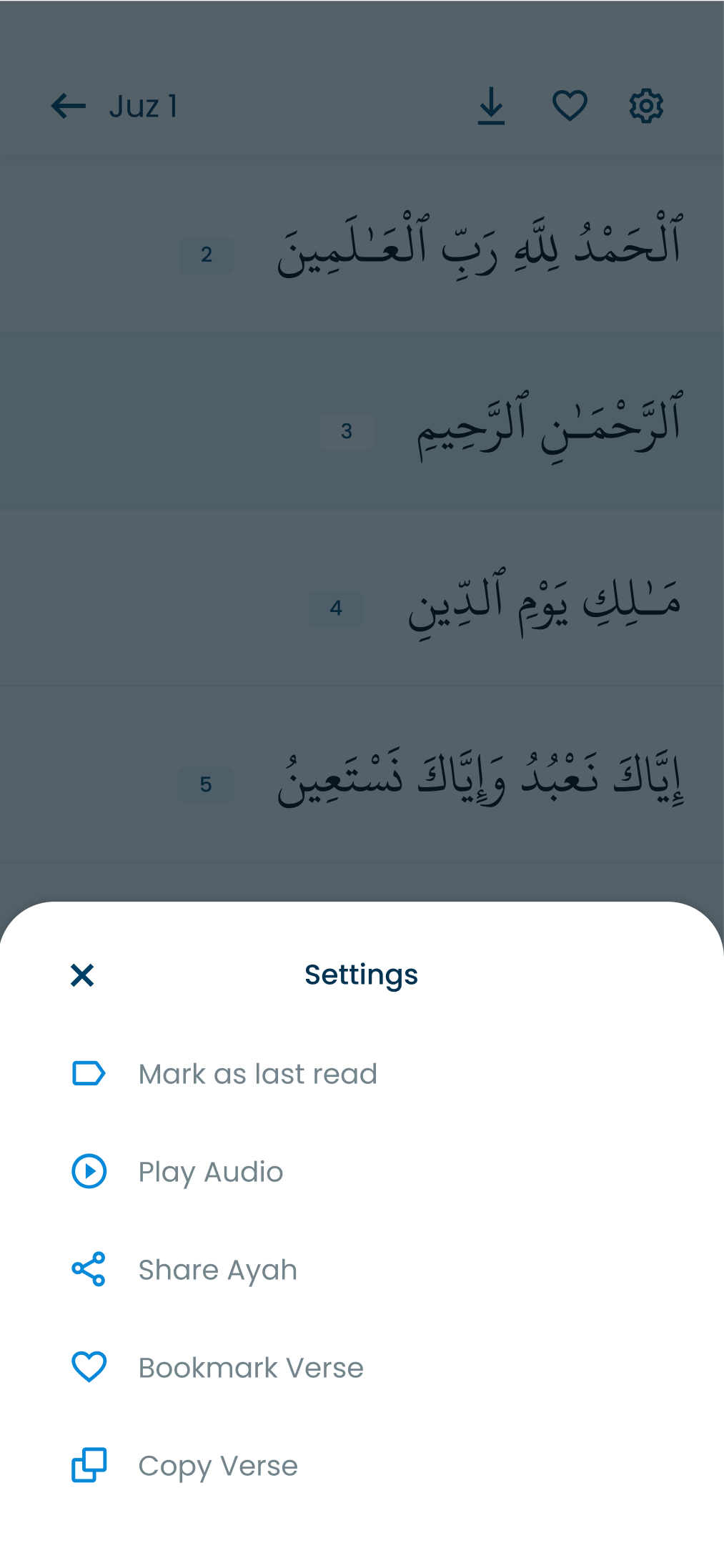

Learnings
DESIGN AND PRODUCTION TIMELINE
I got the opportunity to contribute to this project from end-to-end. Started from its inception and strategy phase and then went on to see it through to its launch. I learnt how long and it takes for a project to get to design phase from the point of its inception. How many iterations the strategy itself needs in order for it to balance both user and business needs in a way that it’s useful while also being commercially viable.
ENSURING THE SANCTITY OF THE SCRIPTURE
We had to ensure that each and every word of the scripture we were helping users learn was accurate and corresponds to the original Quran. This meant bringing on board and consulting with subject matter experts every step of the way. Also making sure nothing was missing and each and every diacritic was placed accurately.
